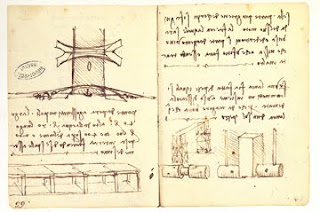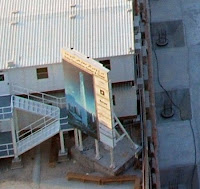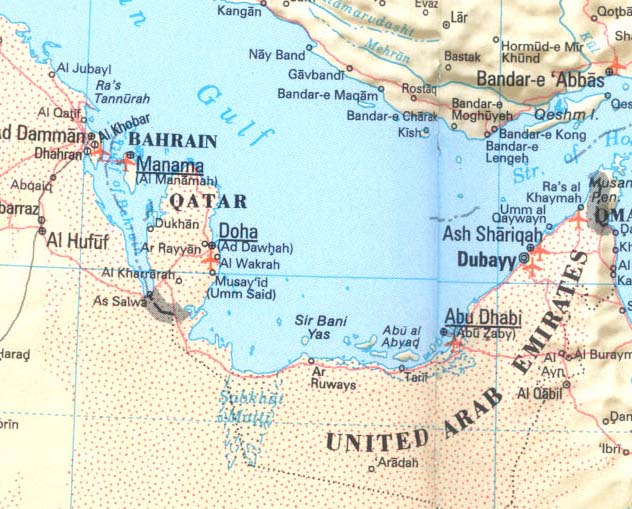

My trips to Syria and then Lebanon complete my tour of primarily mid-eastern countries since I came to work in the Gulf in 2007. A visit to Syria without one to its close neighbor Lebanon would have been inadequate. Their histories and (prehistories) are intertwined and their relationship today one of wary economic interdependence. Refik Hariri’s assassination on 14 February, 2005 when explosives equivalent to around 1000 kg of TNT were detonated as his motorcade drove past the St. George Hotel in the Lebanese capital, Beirut, left not only a crack in the window of the café where just minutes before he’d been photographed for the last time, but increased the fault lines in the relationship between the countries. The investigation, by the Special Tribunal for Lebanon, into his assassination is still ongoing and was reported on daily in the newspapers while I was there. At that time they predicted going to trial by year-end 2010. Preliminary indications are the Syrian government may be linked to the assassination. Shortly after the assassination, Syrian troops were withdrawn from Lebanon.
Today Syrian day laborers flow into north Lebanon by bus, look for work, and return to Syria at the end of the day. There are no entry requirements. Those who do not gain work on a given day can be seen sitting around the town. Since the cost of the bus is slight and the workers can go without lunch or accommodation, the investment is small and the potential gain worth the risk.
Reaching back in time, some of the oldest towns in the world are in Lebanon and Syria: Byblos, Batroun, Sidon, Tripoli and Tyre in Lebanon; Ebla and Ugarit in Syria. Hellenistic Greece and Rome left their marks: Palmyra, Apamea, and Bosra in Syria, Baalbeck in Lebanon. Crusader and later castles document the first half of the 2nd millennium: Msaylha and Beaufort Castles in Lebanon, Crac des Chevaliers, the medieval fortress of Aleppo, and Saladin’s Castle in Syria. Despite the abundance of mosques, such as Umayyad in Aleppo (Syria) and the Great Mosque in Sidon (formerly the Church of St. John of the Hospitalers, a 13th c. Crusader compound), Christianity has left its mark: from the 11th c. St. Simeon, the Castle of the Templars, and a number of towns a short drive into the mountains from Damascus where Aramaic is still spoken. The richness of Christian sites and heritage in these countries wars with the common (American) perception of Islamic strongholds.
Finally, the myriad caravanserai (or khan), many still in use today, dotting these countries bear striking testimony to the importance of trade especially to Turkey, Italy (Venice), France, England and Holland from the eastern Mediterranean. One of the khans is called Banadiqa Khan, using the Arabic work for Venice. Aleppo was the far distant trading center mentioned by Shakespeare in Macbeth and Othello. It was the meeting place of several important commercial roads becoming the trading link between Mesopotamia, the Fertile Crescent and Egypt. Aleppo is also the site of the Hotel Baron, seen in the slideshow on post 18th c architecture below, where both T.E. Lawrence and Agatha Christie were frequent guests. The upper right hand window belongs to the room regularly accommodating Christie and the bar looks much as did in the early 20th century. Syria and its history are tightly woven into western blood and history.
Three recent articles demonstrate the richness of the past as well as the dangers inherent in it. In
The Peninsula Qatar we read of plundering rampant in Lebanon.
Lebanon has a wealth of antiquities, but we have lost so many of them and we will continue to lose even more because of theft and lack of professional excavations,” a history and archaeology professor based in Lebanon said, requesting anonymity for fear of a backlash from authorities.
“Lebanon is still a popular ‘transit country’ for such smuggling,” said Rana Andari, who manages the archaeological collection at the culture ministry’s Directorate General of Antiquities (DGA). “Police bust at least 20 attempted smugglings inside Lebanon annually, and that’s not counting what goes on at the airport and border crossings,” she said.
But preserving the historical heritage is far from a national priority in Lebanon. “The problem is that whoever is caught gets away with a small fine,” Andari added. “Lebanon’s laws are lax compared to countries like Jordan or Egypt,” which recently toughened their punishment for antiquities trafficking with a penalty of up to 15 years in prison.
A dearth of government funding and an ineffective legal system has meant that the historical past of a country is being pillaged, neglected or destroyed.
Meanwhile from Syria we read in the
New York Times of excavations at Tell Zeidan.
Archaeologists have embarked on excavations in northern Syria expected to widen and deepen understanding of a prehistoric culture in Mesopotamia that set the stage for the rise of the world’s first cities and states and the invention of writing.
In two seasons of preliminary surveying and digging at the site known as Tell Zeidan, American and Syrian investigators have already uncovered a tantalizing sampling of artifacts from what had been a robust pre-urban settlement on the upper Euphrates River. People occupied the site for two millenniums, until 4000 B.C. — a little-known but fateful period of human cultural evolution.
Scholars of antiquity say that Zeidan should reveal insights into life in a time called the Ubaid period, 5500 to 4000 B.C. In those poorly studied centuries, irrigation agriculture became widespread, long-distance trade grew in influence socially and economically, powerful political leaders came to the fore and communities gradually divided into social classes of wealthy elites and poorer commoners.
Gil Stein, director of the Oriental Institute of the University of Chicago, a leader of the excavations at Zeidan, said the site’s northern location promised to enrich knowledge of the Ubaid culture’s influence far from where the first urban centers eventually flourished in the lower Tigris and Euphrates Valley. The new explorations, he said, are planned to be the most comprehensive yet at a large Ubaid settlement, possibly yielding discoveries for decades.
There are several reasons for excitement over the Zeidan excavations. Warfare and ensuing unstable conditions have locked archaeologists out of Iraq and its prime sites of Mesopotamian antiquity. So they have redoubled research in the upper river valleys, across the border in Syria and southern Turkey. And Zeidan is readily accessible. Having never been built upon by subsequent cultures, it is free of any overburden of ruins to thwart excavators.
And recently in
Newsweek there is striking news of the excavation of the earliest temple ever (ca. 9,500 bce) in neighboring Turkey, now believed to be constructed by hunter-gatherers and predating the development of a farming and urban economy.
The ruins are so early that they predate villages, pottery, domesticated animals, and even agriculture – the first embers of civilization. In fact, [Klaus] Schmidt thinks the temple itself, built after the end of the last Ice Age by hunter-gatherers, became the ember – the spark that launched mankind toward farming, urban life, and all that followed. [The site] lays art and religion squarely at the start of that journey.
It was gratifying to visit many of the early sites and even more gratifying to see word of new finds that will, in time, help us to better understand the development of civilization and history of early man. The news of the lack of protection of Lebanese sites and finds is very unfortunate and disturbing in these days when most countries are working to protect their patrimony and demonstrate their proud heritage.
I include some images and brief commentary from my Syrian and Lebanese trips in the four slideshows accessible below. They are loosely grouped: pre-19th c and post 18th c architecture and elements, nature and, acknowledging the constance presence remaining from and imnportance of early trade, caravanserai and shops. [Tips for viewing slideshows: preferable to use full scree but then use teh escape button to return to smaller scree and subsequently the back button to return to the blog.]
Pre-19th century architecture and elements more ...Post 18th century architecture and elements
more ...Post 18th century architecture and elements more ...Nature
more ...Nature more ...Caravanserai and shops
more ...Caravanserai and shops more ...
more ...













































